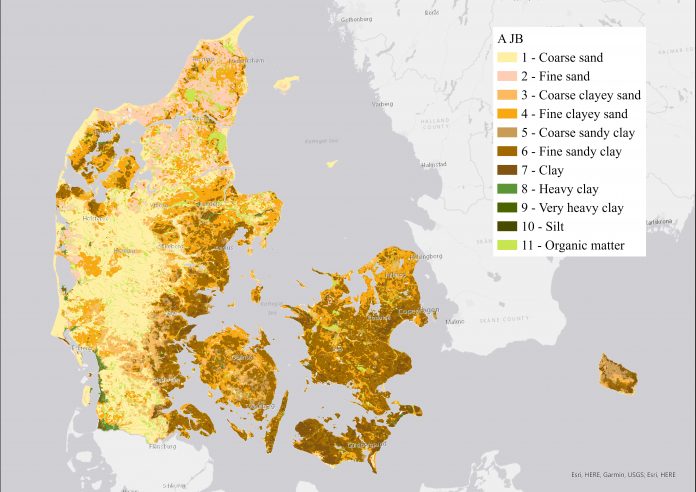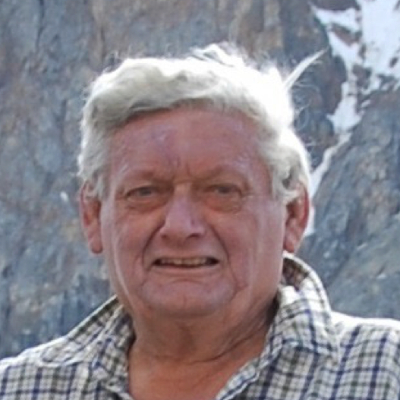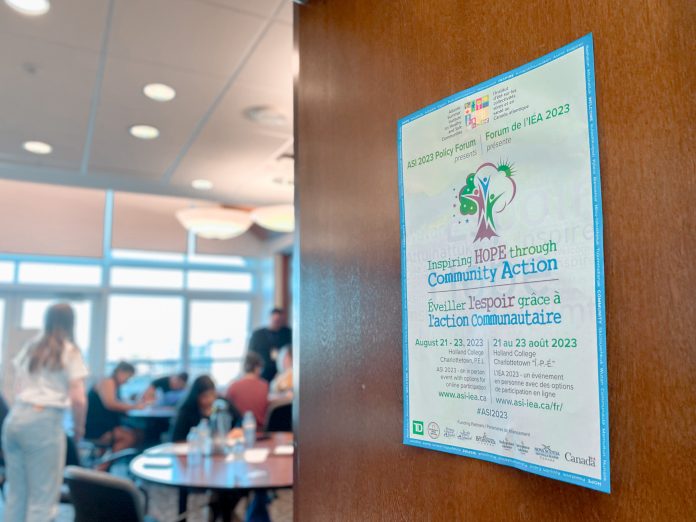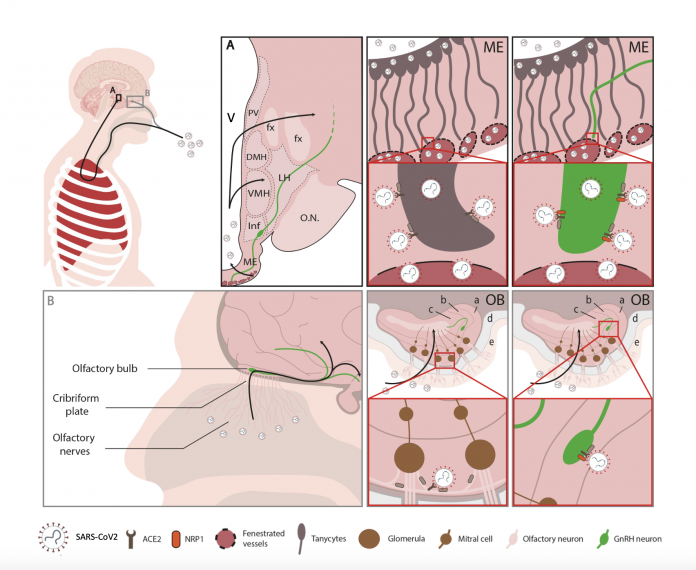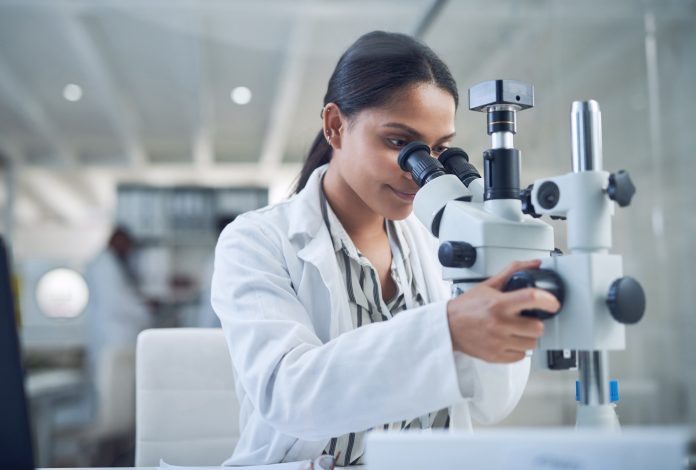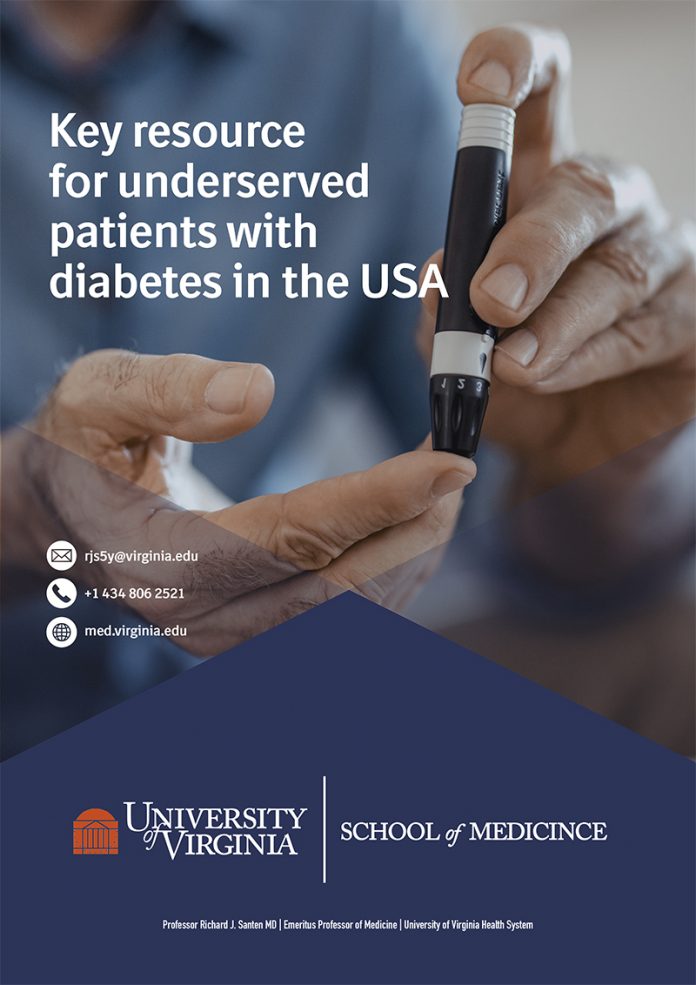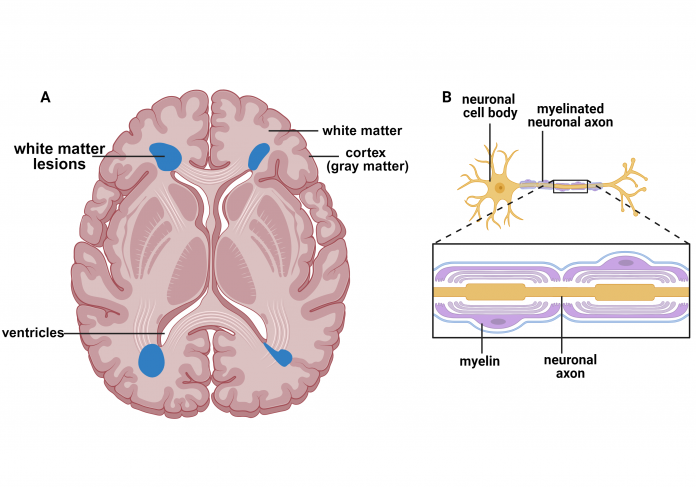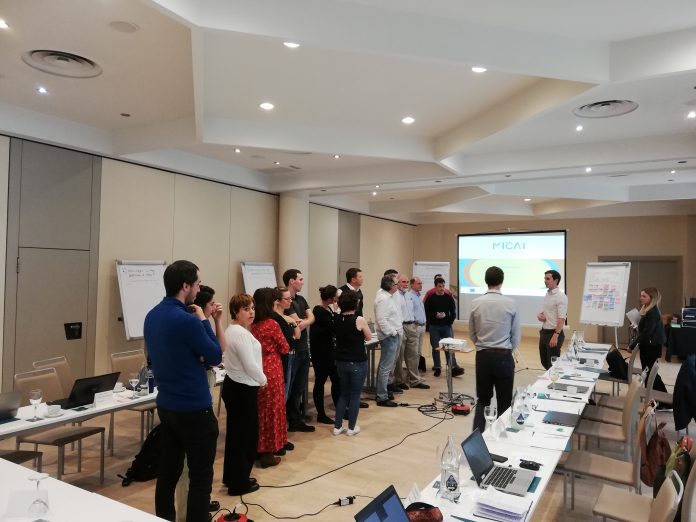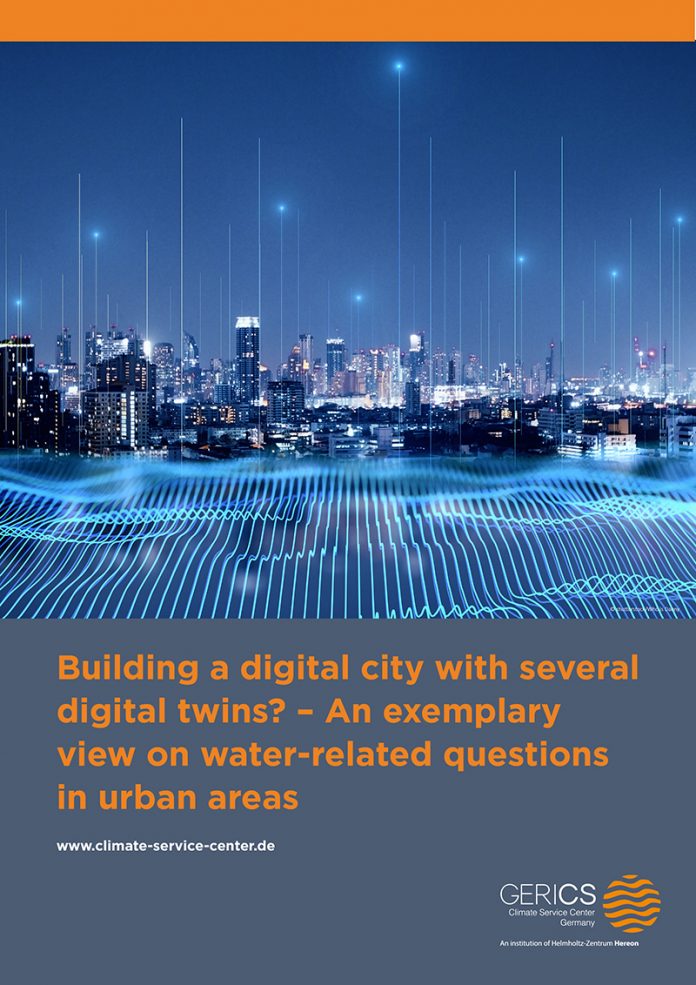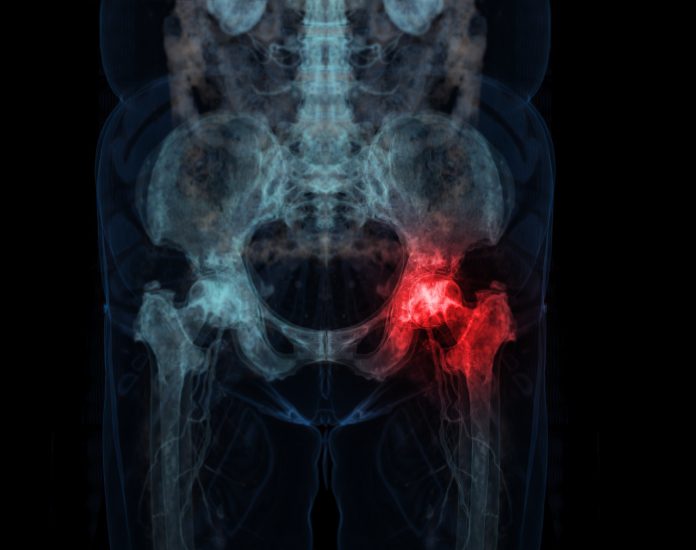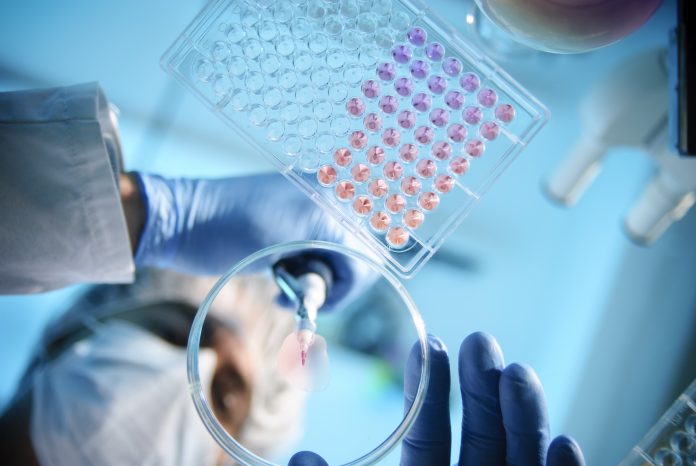Home Search
sme - search results
If you're not happy with the results, please do another search
Revolutionizing agriculture: Unleashing the potential of AI and big data in soil health monitoring
In a recent interview, our editors delved into the world of soil health monitoring and the transformative role played by artificial intelligence (AI), big data, and machine learning, with Mogens H. Greve, Professor and Head of the Soil Section at the Institute of Agroecology, Aarhus University.
Data-driven prosperity: The shift from GDP to multidimensional wellbeing indices
The financial crisis highlighted the shortcomings of traditional measures of a country's prosperity; here we examine the shift from GDP to multidimensional wellbeing indices
The Stiglitz-Sen-Fitoussi Commission played a pivotal role, as it emphasised the significance of comprehensive assessments beyond simple economic transactions. It rekindled interest in including additional indicators...
Barb MacQuarrie – Centre for Research & Education on Violence Against Women & Children
Barb MacQuarrie, the Community Director at Western University's Centre for Research and Education on Violence against Women & Children, specializes in research and education on gendered violence prevention. She led the first Canadian national study in 2014 on domestic violence impacts at work, collaborating with the Canadian Labour Congress...
Dr. Adriana Berlingieri – Centre for Research & Education on Violence Against Women &...
Dr. Berlingieri is an organizational consultant, facilitator, and researcher. Her professional and scholarly interests are centered on harassment and violence at work. Dr. Berlingieri has extensive professional experience in senior positions in the areas of learning and development within organizations in an array of sectors internationally.
As an Associate at...
Terry V. Callaghan CMG – Sheffield University
Terry V. Callaghan CMG is Professor of Arctic Ecology, University of Sheffield, and Tomsk State University, Russia (currently on hold), and is Honorary Doctor of Oulu University, Finland, Lund University, Sweden, Tomsk State University, Russia and Khovd State University, Mongolia.
He is a member of the Royal Swedish Academy of...
Margareta Johansson – Lund University
Associate Professor Margareta Johansson is based at the Dept. of Physical Geography and Ecosystem Science at Lund University in Sweden. Margareta has a broad experience in Arctic research, ranging from glaciology/climatology to Arctic ecology and for the last two decades she has focussed her research on permafrost in a...
Forage fish: Pacific herring in Alaska
W. Scott Pegau and Hayley Hoover discuss the plight of forage fish, with a particular emphasis on understanding the lack of recovery of Pacific herring in Prince William Sound, Alaska.
Bridging the gap between evidence and action for a healthy society: The power of...
This is the third article in a series published by Open Access Journal that addresses the gap between evidence and action in health promotion.
Unlocking the value of low-and zero carbon solutions for public sector fleets
Euan Moir, Head of Fleet Solutions at Shell UK, answers questions on the issues facing decarbonising public sector fleets, and why it is important.
Brain infection by SARS-CoV-2: Lifelong consequences
The WATCH team, founded to elucidate the role played by specialized brain cells called tanycytes in various physiological processes, has been investigating how and where the SARS-CoV-2 virus infects the brain, and some long-term consequences of this neuro-invasion.
Navigating the landscape of digital mental health care: Co-creation and human rights as guiding...
Digital technologies have emerged as a promising solution to transform mental health systems and meet our populations’ increasing mental health needs. Francesca Centola, Policy and Knowledge Officer at Mental Health Europe, outlines the principles that should guide such a digital transformation.
Responsible and ethical conduct of research: Principles to uphold
Greg M. Swain, Professor of Chemistry at Michigan State University, emphasizes the importance of responsible and ethical conduct of research (RECR) in scientific progress.
Key resource for underserved patients with diabetes in the USA
The FQHCs handle 114.2 million patient visits per year. In 2021, one of 4 of these visits was virtual and involved the use of telemedicine, here we explore the value of telemedicine for diabetes patients in rural areas of America
Patients with diabetes mellitus living in rural, underserved areas have...
What is the link between white matter lesions and neurodegeneration?
Tara M. DeSilva from the Department of Neurosciences, Cleveland Clinic, examines the link between white matter lesions and neurodegeneration.
Multiple impacts of energy efficiency
Multiple impacts of energy efficiency are at everyone’s fingertips with the MICATool, Frederic Berger, Researcher at the Fraunhofer Institute for Systems and Innovation Research ISI, explains.
Need for an integrated approach to combat soil degradation
An overview of the need for an integrated approach to combat soil degradation, is presented here by Research Director at TechVision, Frost & Sullivan, Aarthi Janakiraman.
Building a digital city with several digital twins?
Building a digital city with several digital twins? – An exemplary view on water-related questions in urban areas.
Hip fractures: A looming healthcare crisis
With the number of hip fractures projected to double by 2050, Dr Philippe Halbout, CEO of the International Osteoporosis Foundation, calls for timely action, including post-fracture care to prevent costly and life-threatening secondary fractures.
Promoting regular exercise to protect brain health
Regular exercise is a critical step in maintaining healthy physiology and ensuring healthy aging. However, there are many diseases and conditions that make exercise inaccessible or reduce its efficacy. The Wessells lab studies exercise and the pathways it works through to identify key molecules required for a proper exercise response.
AI and modern experimental biology: A historical perspective
Ute Deichmann, Director of the Jacques Loeb Centre for the History and Philosophy of the Life Sciences at Ben-Gurion University of the Negev, discusses the adoption and limitations of Artificial Intelligence within modern experimental biology.


